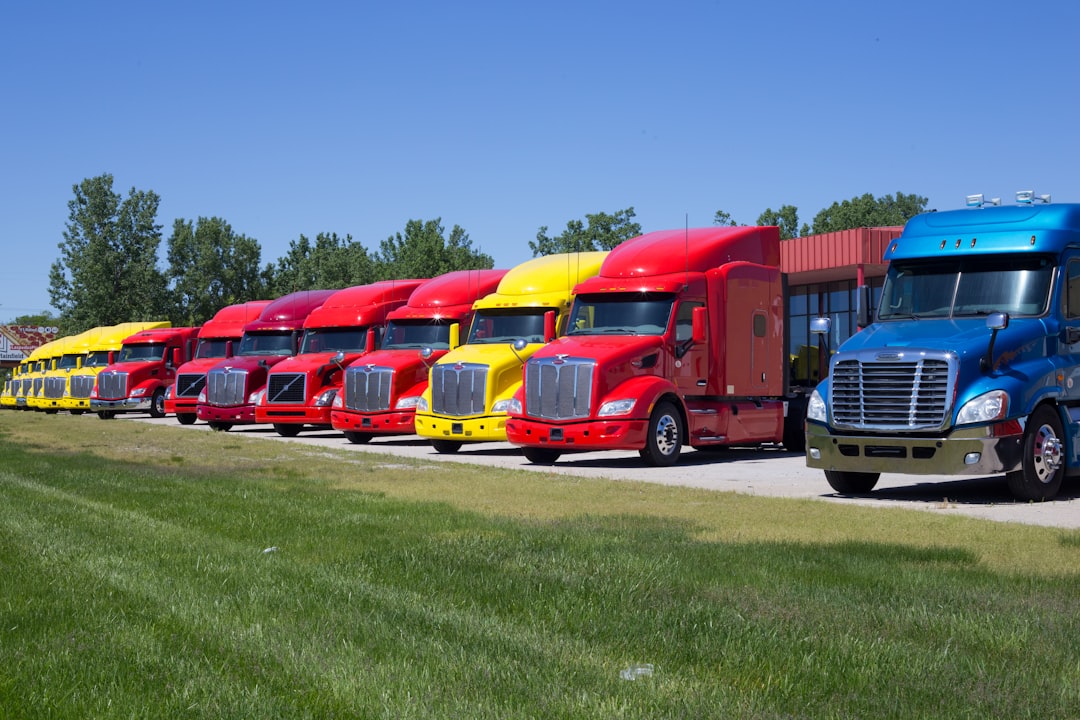Learning The Secrets About
Welding is a process that allows engineers to combine different materials such as metals, thermoplastics, or wood. It can be used in a variety of industrial settings and is a highly skilled skill that requires considerable practice and knowledge.
Welds are formed by using heat to melt the base material and then adding a filler material to help join the two parts together. This enables the base material to fuse with the filler, which creates a strong, durable joint that can be stronger than the parent materials themselves.
When welding different types of metals, it is important to understand the physical characteristics of each. This will allow you to avoid compromising the strength of your welded material, and also prevent the metal from warping or burning through during the welding process.
It is also important to understand the composition and melting points of each type of metal. These will help you to determine which welding method is best for your project.
There are several types of welding methods, but the four most common are Flux-Cored Arc Welding (FCAW), Gas Tungsten Arc Welding (GTAW), Electrode Arc Welding (EAW), and Submerged Arc Welding (SAW).
FCAW is a popular choice for automotive applications due to its fast weld speed. The procedure is similar to TIG welding, but it uses a higher concentration of heat to weld thinner materials than TIG welding does.
TIG welding is a popular choice for industrial projects because it produces a clean and firm weld with little to no cleaning required. It is also a quick and efficient way to weld large amounts of material, and results in lower production costs.
Welding can be a very dangerous activity, so it is important to use protective gloves and masks when working with metal. Additionally, it is very important to clean your work area before starting a welding job, as this will help to keep you safe and prevent you from getting burned.
Before starting a welding job, it is important to make sure that you have all of the tools needed to complete your task. This includes the welding machine, grounding clamps, and metal pieces that will be welded together.
It is also essential to clean the metal before welding, as this will help to ensure that your welds are as strong as possible. Using 80-grit sandpaper to scrape off any dirt or rust will help you achieve this.
Once your metal is clean and ready to weld, it is important to secure it to the welding table in a 90-degree angle using your table clamps. This will make it easier for you to weld the metal together and also ensure that the metal is flat on the table when you’re done.
When welding, it is important to use the right amount of power so that the weld is firm and doesn’t burn through the material. Too much power can cause the weld to become weak, while too little can result in a poor, weak weld that will not be able to fully join the two pieces of metal.
What You Should Know About This Year
This post topic: Web Resources
